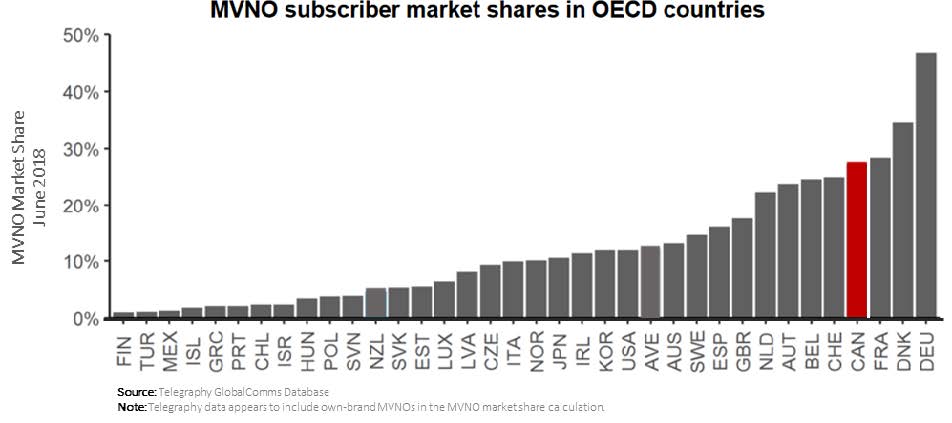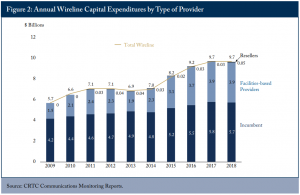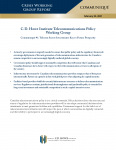Ofcom’s wholesale changes to favour investment
Ofcom, the telecom regulator in the UK, issued an important policy statement last week promoting investment and competition in fibre networks.
In its story about the policy statement, Computer Weekly said that infrastructure in the UK’s was recognized to be in “urgent need of an upgrade, especially as demand for data continues to accelerate, an issue made even more pressing by the need for mass remote working.”
Computer Weekly reported “To address these needs will require significant private investment in full-fibre broadband, said Ofcom, which noted that network competition had helped full-fibre coverage increase at its fastest ever rate over the past year – and that momentum had continued throughout the pandemic.”
when it comes to ultra-high-speed fibre services, Ofcom confirmed these would continue to be free from pricing regulation. The rationale for this decision is that people can choose the entry-level service as an alternative. Moreover, Ofcom added that Openreach could also “charge a bit more” for regulated products delivered over full-fibre instead of copper, because it regards full-fibre as consistently faster and much more reliable.
This echoes the policy set forward in Canada last summer, when Industry Minister Navdeep Bains pronounced “Canada’s future depends on connectivity”.
Ofcom wrote:
Our approach to supporting investment in gigabit-capable networks is focused on encouraging competition between different networks where viable, which will provide high quality services, choice and affordable broadband for consumers throughout the UK. We recognise that it will require significant investment from private companies to upgrade the UK’s networks, so they are fit for the future. Our decisions incentivise that investment – giving regulatory certainty and allowing companies to make a fair return whilst ensuring consumers continue to have access to affordable broadband as new networks are rolled out.
As I think back to an exchange between the Conservative Industry critic and a TELUS executive at Canada’s parliamentary industry committee last year, we can now see a clear statement from the UK regulator favouring competitive private sector investment in infrastructure, and creating regulatory incentives for facilities-based competition.
Favouring facilities-based competition has been Canada’s telecom policy approach for nearly 30 years. And other regulators are seeing the light.



